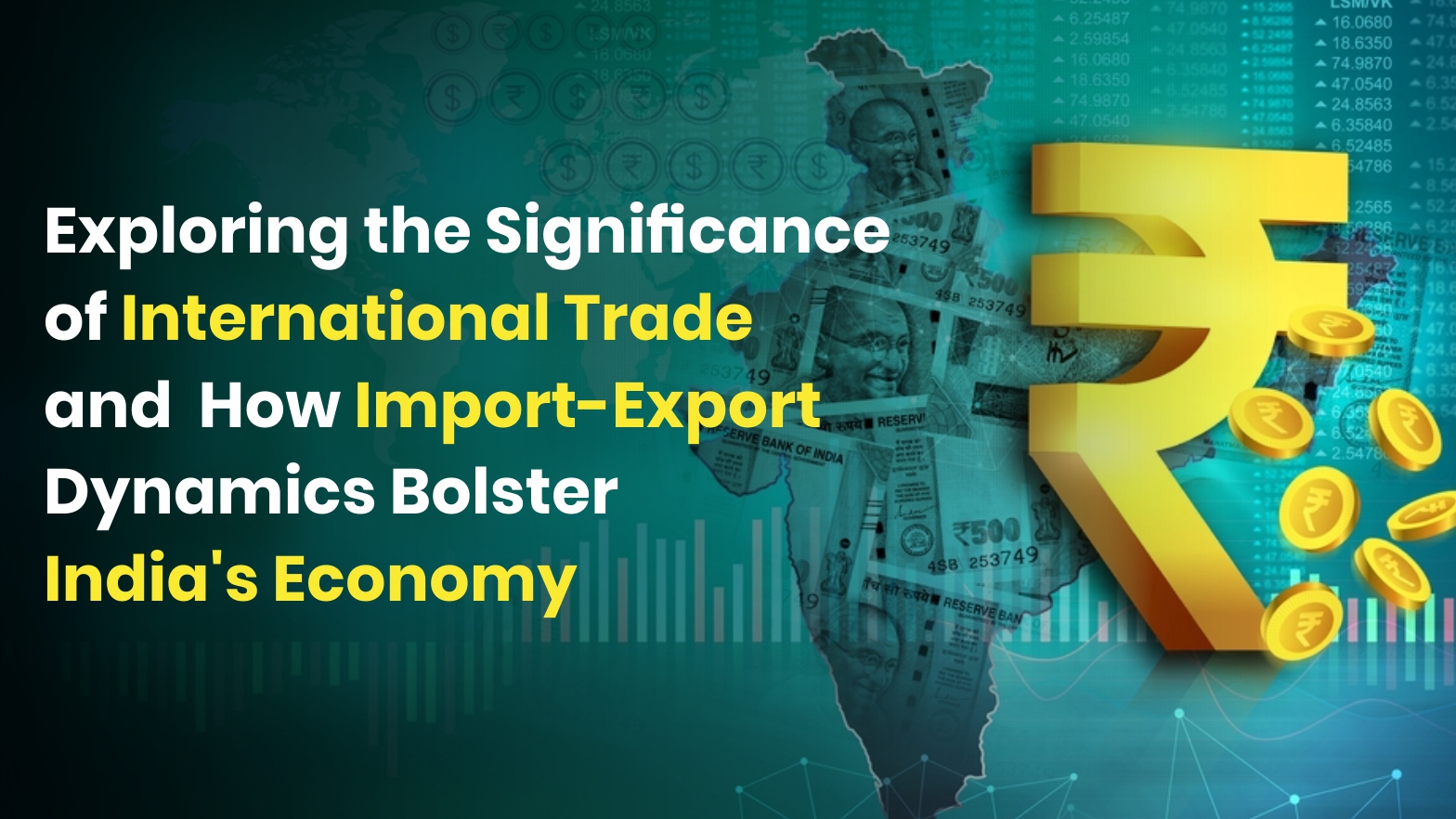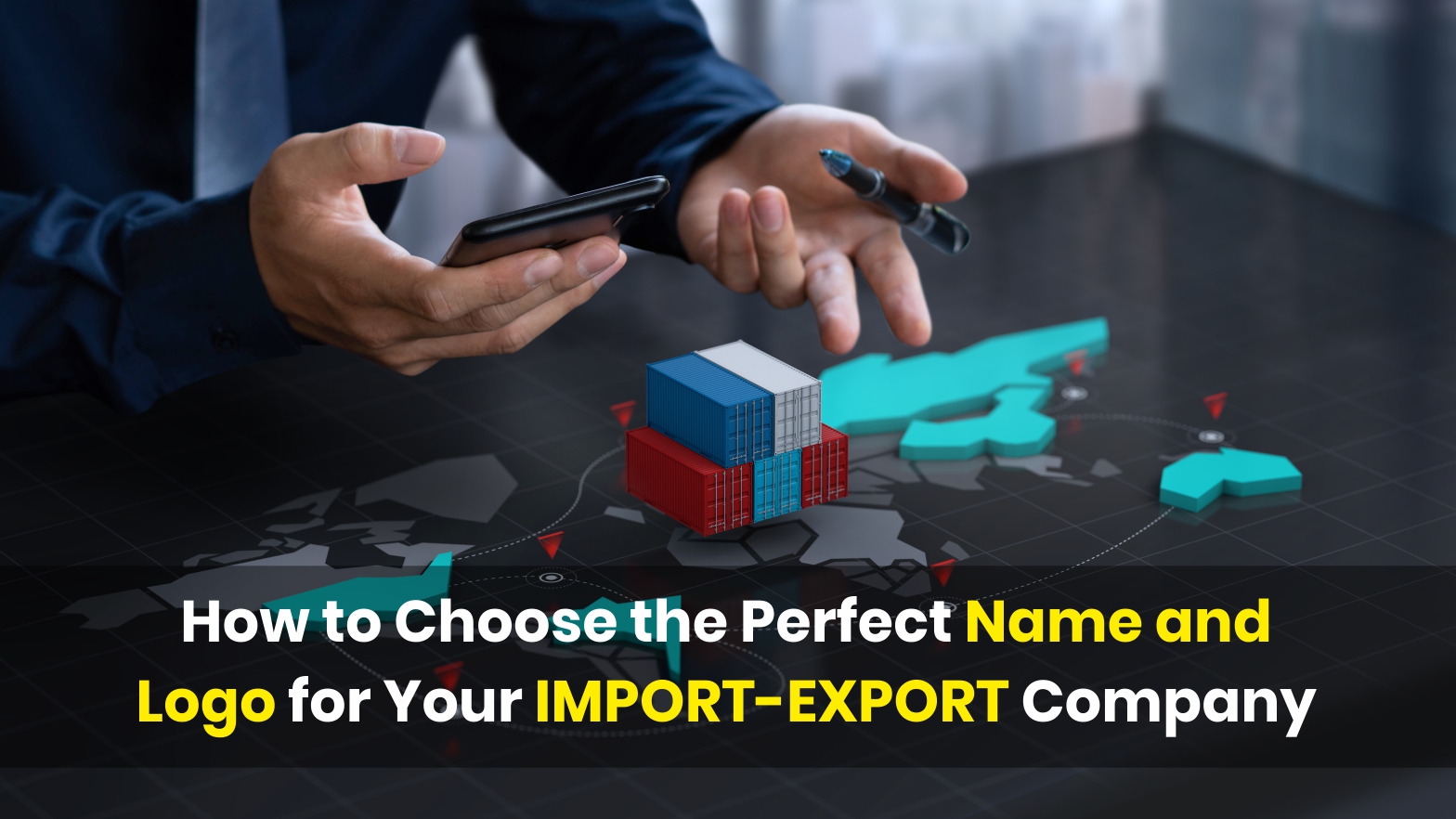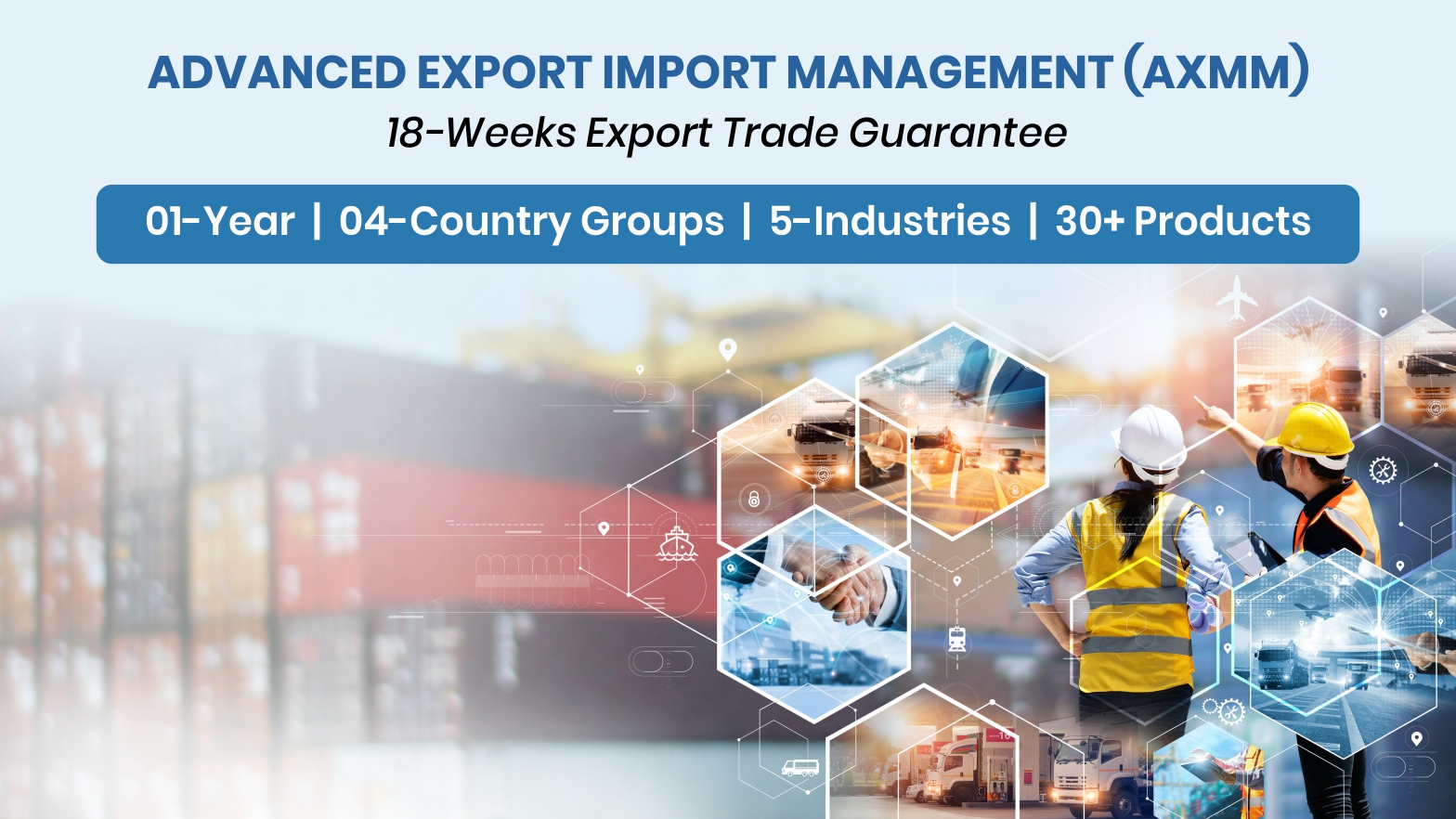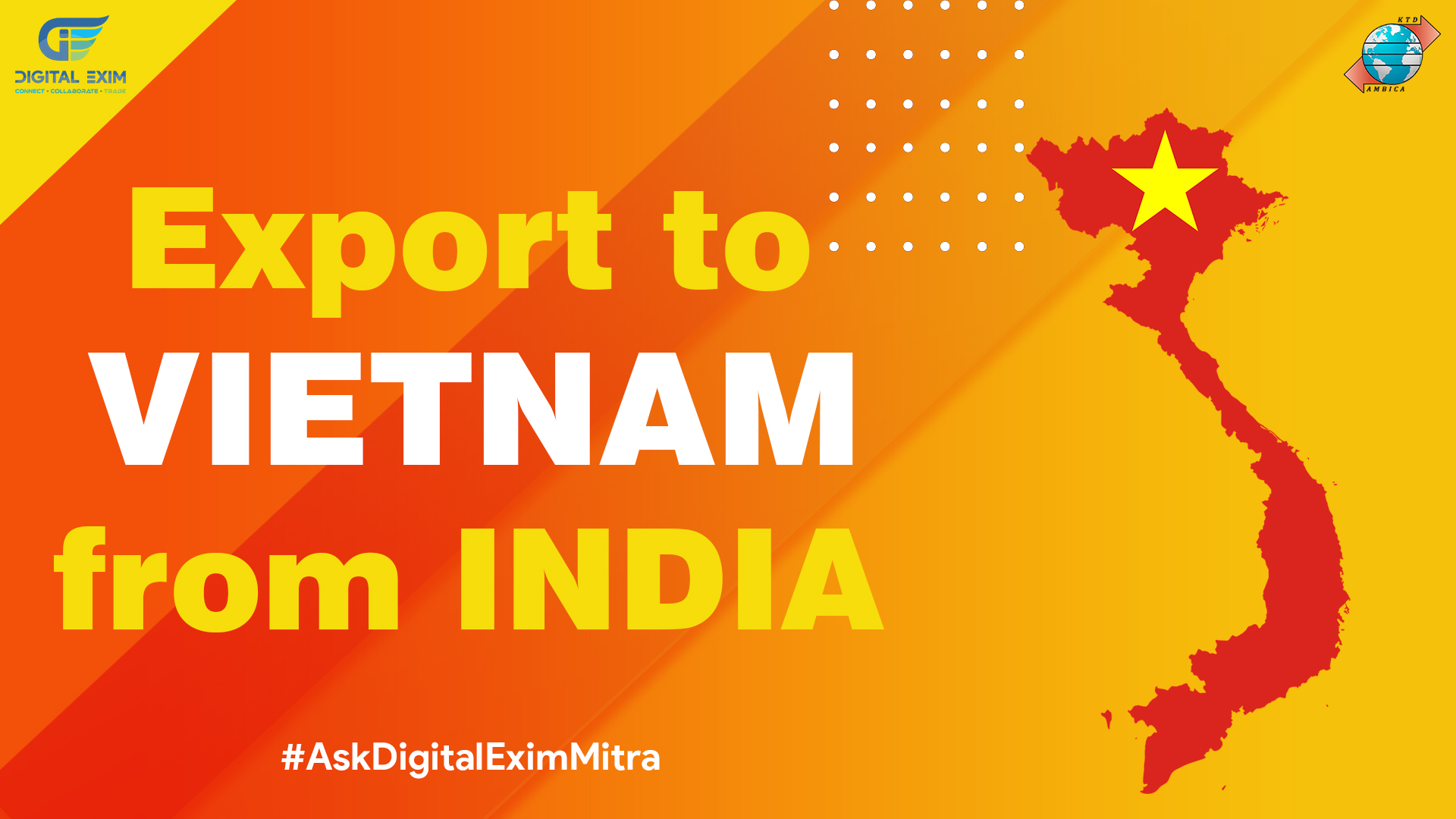How to Approach International Buyers for an Effective and Efficient Business
In today’s globalized world, the import-export business offers tremendous opportunities for entrepreneurs to expand their horizons and boost profitability. Becoming a successful international trader, however, isn’t just about finding the right products or establishing connections; it’s also about effectively approaching international buyers. In this comprehensive guide, we will delve deep into the strategies, techniques, and steps to approach international buyers for an efficient and profitable export-import business.
Table of Contents
1. Understanding the Import-Export Business
2. Identifying Your Niche
3. Market Research and Analysis
4. Creating a Robust Business Plan
5. Legal Considerations and Export Licenses
6. Building a Strong Network
7. Marketing and Branding
8. Negotiating with International Buyers
9. Ensuring Efficient Export-Import Procedures
10. Scaling Your Business as a Net Exporter
11. Conclusion: Your Journey to Success
Understanding the Import-Export Business
Before you dive into the intricacies of approaching international buyers, it’s crucial to understand the import-export business thoroughly. This chapter will provide an overview of the industry, its potential, and the various segments within it.
What is Import-Export Business?
The import-export business involves buying products from one country and selling them in another. It plays a vital role in the global economy, facilitating the exchange of goods and services across borders. To succeed in this industry, you need to be well-versed in international trade regulations, market dynamics, and the specific products you intend to trade.
The Potential of Import-Export Business
The potential benefits of an import-export business are vast. These include diversifying your revenue streams, accessing a broader customer base, and taking advantage of price differences between countries. As the world becomes increasingly interconnected, the opportunities for international trade continue to grow.
Different Sectors in Import-Export
The import-export business encompasses a wide range of sectors, from agriculture and manufacturing to technology and services. Identifying your niche is crucial, as it will impact your approach to international buyers and your business strategy.
Identifying Your Niche
Choosing the right product or service to export is a critical decision. This chapter explores how to identify a niche that suits your interests, expertise, and market demand.
Passion and Expertise
Select a product or industry you are passionate about and have some knowledge of. Your enthusiasm will be a valuable asset when approaching international buyers and marketing your products.
Market Demand Analysis
Conduct thorough market research to identify products or services with strong demand in your target export markets. Tools like Google Trends, industry reports, and government statistics can be invaluable in this process.
Competition Analysis
Assess the level of competition in your chosen niche. High competition may require you to find a unique selling proposition (USP) or consider alternative products.
Market Research and Analysis
A successful import-export business hinges on well-researched market strategies. In this chapter, we’ll explore the art of market research and analysis.
Understanding Target Markets
Identify your target markets and understand their cultural, economic, and legal nuances. What works in one market may not work in another, so tailor your approach accordingly.
Analysing Market Trends
Stay updated on market trends and consumer preferences. Tools like social media monitoring and industry publications can help you stay ahead of the curve.
Identifying Potential Buyers
Compile a list of potential international buyers in your target markets. Leverage online directories, trade shows, and government resources to find leads.
Creating a Robust Business Plan
A well-structured business plan is the backbone of any successful export-import venture. This chapter delves into the elements of a comprehensive business plan.
Executive Summary
Provide a concise overview of your business, including your mission, vision, and key objectives.
Market Entry Strategy
Detail your approach to entering international markets. This includes pricing strategies, distribution channels, and promotional plans.
Financial Projections
Prepare detailed financial projections, including income statements, cash flow forecasts, and break-even analysis.
Risk Assessment
Identify potential risks and challenges in your export-import business and outline strategies to mitigate them.
Legal Considerations and Export Licenses
The legal aspects of international trade can be complex. In this chapter, we’ll navigate through the legal requirements and export licenses necessary for your business.
Trade Regulations
Understand the trade regulations and customs procedures in both your home country and the target markets. Compliance is crucial to avoid legal issues.
Export Licenses
Determine if your product requires an export license. Different products have different export control classifications, so consult with relevant authorities.
Contracts and Agreements
Draft clear and comprehensive contracts for your international transactions. These contracts should address payment terms, delivery schedules, and dispute resolution mechanisms.
Building a Strong Network
Networking is a cornerstone of success in the import-export business. Learn how to connect with key players in the industry in this chapter.
Trade Associations and Chambers of Commerce
Join trade associations and chambers of commerce related to your industry. These organizations often provide valuable resources and networking opportunities.
Online Networking
Utilize online platforms such as LinkedIn, trade forums, and B2B marketplaces to connect with potential buyers, suppliers, and partners.
Attend Trade Shows and Conferences
Participate in international trade shows and conferences to showcase your products and network with industry professionals.
Marketing and Branding
Effectively marketing your products is essential to attract international buyers. This chapter explores strategies for marketing and branding in the import-export business.
Developing a Strong Brand
Build a brand that conveys trust and reliability. Your brand should resonate with the values and expectations of your target audience.
Online Marketing
Leverage digital marketing techniques such as SEO, content marketing, and social media advertising to reach a global audience.
Traditional Marketing
Consider traditional marketing methods like trade publications, direct mail, and print advertising in markets where these are still effective.
Negotiating with International Buyers
Negotiation skills are crucial when dealing with international buyers. In this chapter, we’ll discuss strategies for effective negotiations.
Understanding Cultural Differences
Be aware of cultural differences that may affect negotiations, such as communication styles, hierarchy, and decision-making processes.
Establishing Trust
Build trust with international buyers through transparent communication and consistent delivery of quality products.
Pricing Strategies
Develop pricing strategies that are competitive in the international market while ensuring profitability for your business.
Ensuring Efficient Export-Import Procedures
Efficient export-import procedures are vital for a smooth operation. This chapter explores the logistics and documentation required.
Logistics and Shipping
Choose reliable logistics partners and shipping methods to ensure timely delivery of goods to international buyers.
Documentation
Familiarize yourself with the necessary export-import documentation, including invoices, bills of lading, certificates of origin, and customs declarations.
Customs Compliance
Stay up-to-date with customs regulations and compliance requirements in both your home country and the target markets.
Scaling Your Business as a Net Exporter
Once you’ve established a successful export-import business, the next step is scaling up. This chapter discusses strategies for growth and becoming a net exporter.
Diversifying Product Lines
Explore opportunities to expand your product offerings or enter new markets to increase your export volume.
Strengthening Relationships
Nurture relationships with existing international buyers and explore partnerships with distributors or agents in target markets.
Investing in Technology
Utilize technology to streamline operations, from inventory management to order processing and customer relationship management.
Conclusion: Your Journey to Success
In conclusion, the import-export business presents incredible opportunities for those willing to put in the effort and research required. By following the strategies outlined in this guide, you can approach international buyers effectively, build a profitable export-import business, and ultimately become a net exporter. Remember that success in this field often takes time, dedication, and a commitment to continuous learning. So, take the first step on your journey to global trade, and watch your business thrive in the international market.
Final Thoughts
Starting an import-export business is a promising venture, but it requires meticulous planning and execution. Approaching international buyers is just one aspect; you must also navigate legalities, market dynamics, and logistical challenges. Keep in mind that success often comes to those who persist, adapt, and continually seek opportunities in this dynamic and rewarding industry.
By following the steps and strategies outlined in this comprehensive guide, you can embark on your journey to becoming a successful player in the import-export business. Remember that becoming a net exporter may not happen overnight, but with dedication and strategic thinking, your business can thrive in the global marketplace.
The import-export business is a vast and ever-evolving field, and staying informed about industry trends and regulatory changes is crucial. Continuously educate yourself, adapt to market demands, and remain committed to building strong relationships with international buyers, suppliers, and partners. With persistence and the right approach, your export-import business can achieve remarkable success.
Good luck on your export-import journey, and may your business flourish in the global market.
















